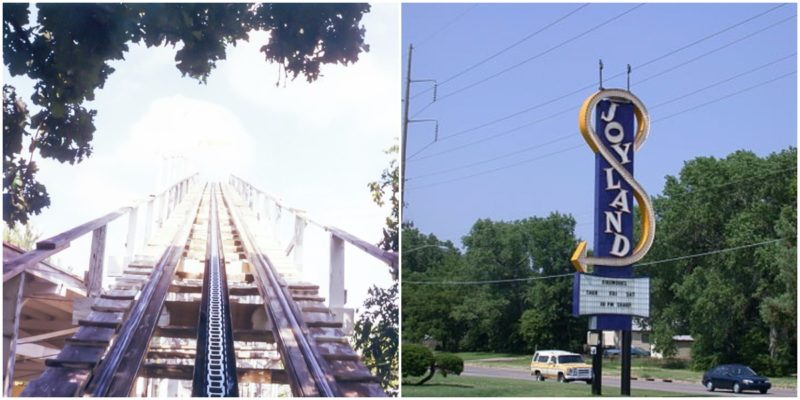The abandoned Joyland Amusement Park is situated in the city of Wichita, the largest city in the state of Kansas, in the United States of America. The park was open for 55 years, between 1949 and 2004. It closed due to financial problems and safety concerns and was reopened again in 2006, but for a short period only, until it was finally closed the same year. Since then, it has been abandoned completely and left to rust away.
Over the years, parts of the park were vandalized, and parts were stolen. On 1 July 2016, the owners began the process of systematically taking the former amusement park apart. Several buildings have already been torn down; the historic wooden roller coaster, which was one of the last remaining in the United States, has been demolished. In the past few years, the 50 acres on which Joyland Park is situated has deteriorated rapidly; the remaining buildings have been overgrown by vegetation and the walls painted with graffiti.
The worse thing is that many fires have been set alight there and thieves have stolen the copper. The fences didn’t stop the trespassers from entering the abandoned park and ruining the place though, a place which was once a land of joy for many generations.
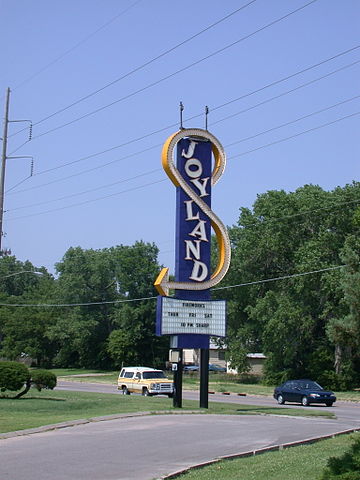
In more recent years, the site looks like a nuclear disaster has hit it. The loudspeakers were standing silent and rusted, and the big wheel and the dodgems were corroded, with no one having enjoyed them for years. The story of Joyland Amusement Park and its past, however, wasn’t sad at all. For more than five decades, the amusement park enjoyed many a happy day and much popularity. Now, those moments are only glimpses in the faded memories of the generations of men and women who grew up with the park in their lives. Joyland Amusement Park was once the largest theme park in central Kansas. It had a wooden roller coaster and 24 other rides. The flashing lights, the sounds of the games, the sweet smell of the cotton candy and the carnival music from Louie the Clown’s Wurlitzer organ are gone forever.
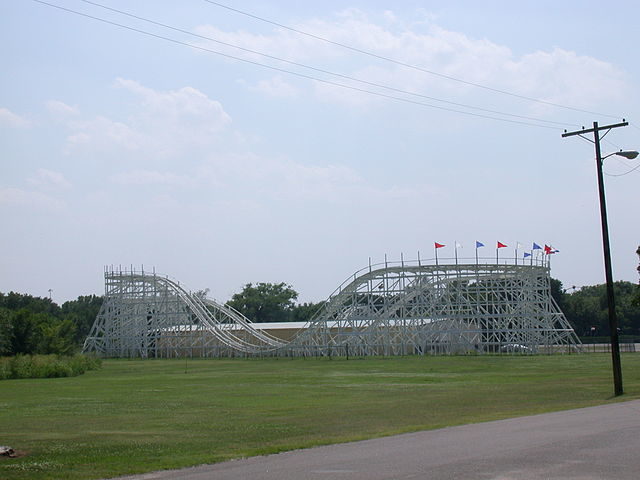
The park was opened by Lester Ottaway and his sons Herbert and Harold. The family had previous experience in managing amusement parks as Herbert had operated a small park called Playland in Planeview, Kansas, from the end of the 1930s to the beginning of 1940s. Herb was also working as a race car builder. He bought a 12-inch gauge steam locomotive in Fort Scott in 1933, and he repaired and fully restored it as well as the cars and then began transporting the mini train to fairs in western Kansas and eastern Colorado. He built a track for the locomotive near Mount Springs, Colorado, and here he operated the mini train for a short period of time.
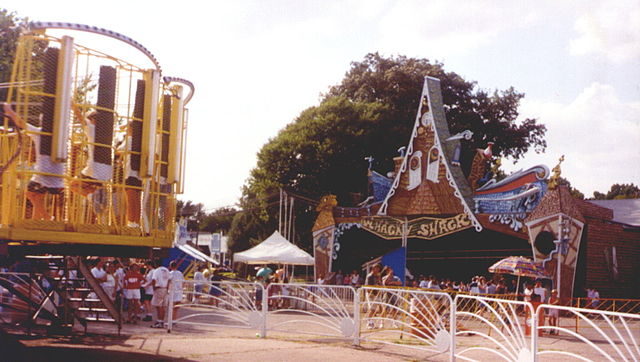
His father bought land in Wichita, and they decided to make this place a permanent home for the mini steam locomotive and the cars. At the beginning of the 1940s it was first placed at 1515 East Central in Wichita, but later, in 1949, it was moved to its well-known location at 2801 South Hillside. Herbert also moved some of the Playland rides to Wichita, and so the Joyland Amusement Park started to take shape. As time passed, they collected more rides, and dealt well with and overcame the challenges of running such a business, one that was particularly difficult during the war years and post-war period; for instance, they had to run the park on generators because the electric company thought it wasn’t necessary to supply the park with power when that same power was needed more in the homes of Kansas. Another challenge they had to face was paying the high taxes placed on businesses that were not helping the war or the war industry. Despite all of this, they succeeded in realizing their dreams and continued to grow.
When the new rides were added, including a brand new roller coaster, Joyland Amusement Park was finally ready, officially opening on June 12, 1949.
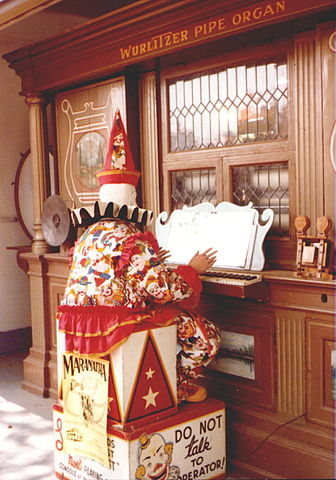
Lester Ottaway died in the mid-1950s, and his three sons, Herbert, Harold, and Eddie continued running the park as a family business. They successfully operated it until the mid-1970s, when they retired and decided to sell the park to Stanley and Margaret Nelson. This couple was the soul of the amusement park, and during their time there of more than 30 years of operating it, more new rides were added, such as the Whacky Shack in 1974 for example, and the old ones gained a vintage status and became renowned.
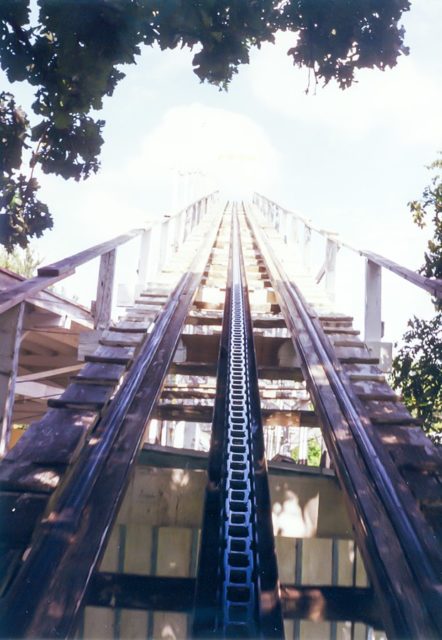
In April 2004, however, things took a terrible turn when an incident occurred at the park; a 13-year-old girl fell from the Ferris wheel and has been severely injured. At the end of the season, the park was closed, and only one company after that tried to revive it, hoping to draw the people back in again, but their attempts sadly failed. Ever since the park has been deserted and today very little of it remains with only a few structures and rides still standing. There is such an unnerving and creepy atmosphere there now that the place feels like you are inside a real horror movie scene.
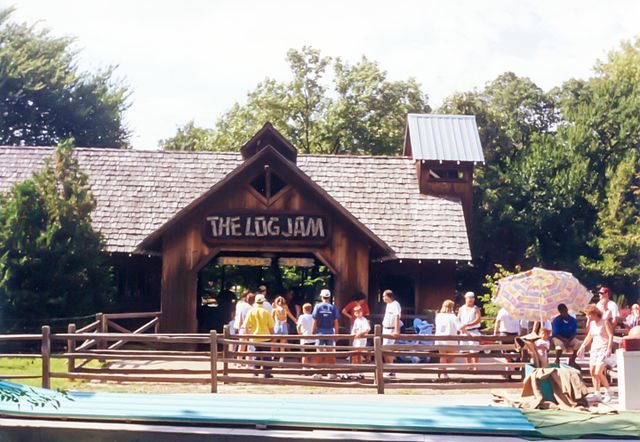
The Joyland Amusement Park was an important part of the lives of the citizens of Wichita. They are sad that the park is almost completely gone and would like to remember only the joyful images of their favorite place in the city. They hope that the park, or at least some parts of it, will be resurrected in the near future.
